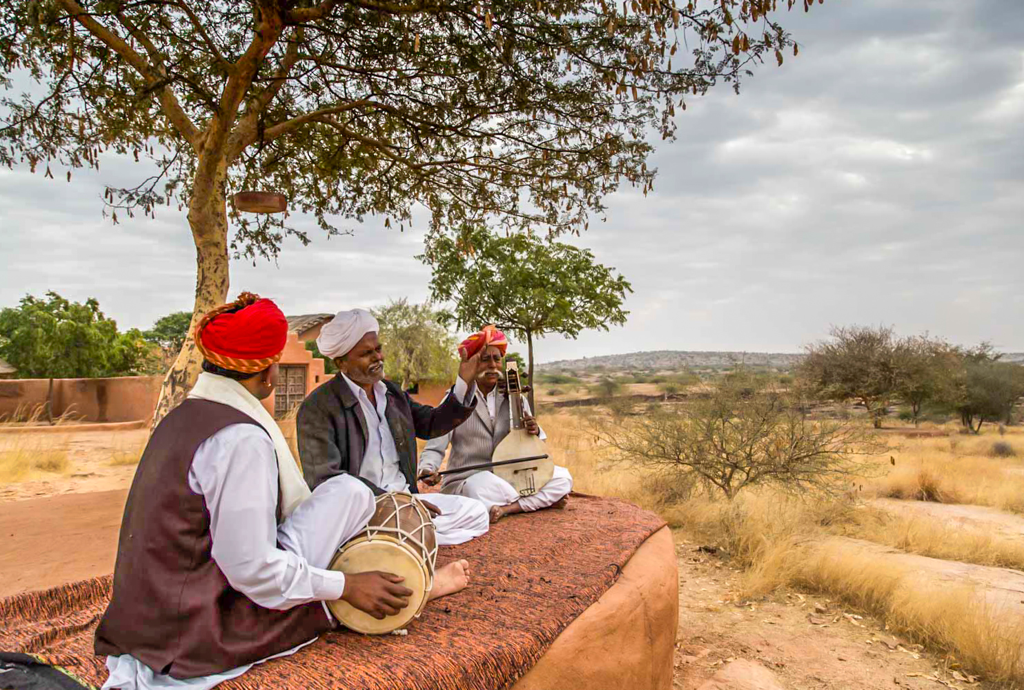Rupayan Sansthan urgently seeks donations and financial support to help meet its immediate running costs for the Arna Jharna museum, as well as execute an ambitious five-year integrated institutional development plan with a view to making it largely self-sustainable. Sahapedia is collaborating with Rupayan Sansthan with a view to strenthen the institution. Rupayan Sansthan and Sahapedia seek to attract grants and funding for the integrated development of Rupayan Sansthan from parties committed to promoting equality, cultural knowledge and understanding, environmentalism, and sustainable and inclusive development. Rupayan Sansthan is much more than an institution belonging in a particular time and space, it is a cause. To be able to develop it to be self-sustaining and relatable in today’s context is to set a positive precedent for alternative institutions and enterprises, and encourage imagination, innovation and even experimentation.
Rupayan Sansthan is a Not-for-Profit Society based in Jodhpur, Rajasthan, registered in 1965 under the Indian Societies Registration Act, 1860. It has a registered office at Paota B2 Road, Jodhpur - 342001. Private donations made towards Rupayan Sansthan are exempt under section 80G of Income Tax Act, 1961. Rupayan Sansthan adheres to FCRA (Foreign Contribution Regulation Act) stipulations. The support of funders and sponsors will be highlighted in all the standard literature and online forums of the institution. It will also be enshrined onsite at Arna Jharna on a dedicated public listing. Funders and sponsors will have a permanent relationship with the institution as friends and supporters even after the institution becomes self-sustainable.
The plan is the development of Rupayan Sansthan as a centre for research on and cultural engagement with western South Asia. This includes establishing the seminal archive of audio-video recordings and significant collection of photographs as a leading academic resource centre, and its successful integration with the related ethnographic desert museum, Arna Jharna, in practical as well as conceptual terms. This is intended to make the institution (the archive and the museum) as a whole effective in terms of its founding and evolving idealogy, and more or less self-sufficient in financial terms.
The archive is invaluable as it offers a wealth of original material to scholars, researchers and departments concerned with folk culture and oral history. Such scholarly engagement with the archive is also essential for the classification and contextualisation of all the various recordings of folk songs and folk tales that constitute it. This goal is tied up with a vision to develop the museum Arna Jharna as a lab for the research at the archive, venue for public cultural engagement as well as the revenue-generating component of the institution.
This plan is therefore proposed to develop an institution that offers wide-ranging opportunities for research and engagement. The long-term plan is mainly for the museum but also the archive to largely sustain the institution as a whole. Seed funding is required to bring the institution to that point, involving the immediate and long-term goals outlined in the Integrated Institutional Development Plan.
